 | ||
The Goos–Hänchen effect (named after Hermann Fritz Gustav Goos (1883 – 1968) and Hilda Hänchen (1919 – 2013)) is an optical phenomenon in which linearly polarized light undergoes a small lateral shift, when totally internally reflected. The shift is perpendicular to the direction of propagation, in the plane containing the incident and reflected beams. This effect is the linear polarization analog of the Imbert–Fedorov effect.
This effect occurs because the reflections of a finite sized beam will interfere along a line transverse to the average propagation direction. As shown in the figure, the superposition of two plane waves with slightly different angles of incidence but with the same frequency or wavelength is given by
where
and
with
It can be shown that the two waves generate an interference pattern transverse to the average propagation direction,
and on the interface along the
Both waves are reflected from the surface and undergo different phase shifts, which leads to a lateral shift of the finite beam. Therefore, the Goos–Hänchen effect is a coherence phenomenon.
This effect continues to be a topic of scientific research, for example in the context of nanophotonics applications. A negative Goos–Hänchen shift was shown by Wild and Giles. The work by Merano et al. studied the Goos–Hänchen effect experimentally for the case of an optical beam reflecting from a metal surface (gold) at 826 nm. They report a substantial, negative lateral shift of the reflected beam in the plane of incidence for a p-polarization and a smaller, positive shift for the s-polarization case.
